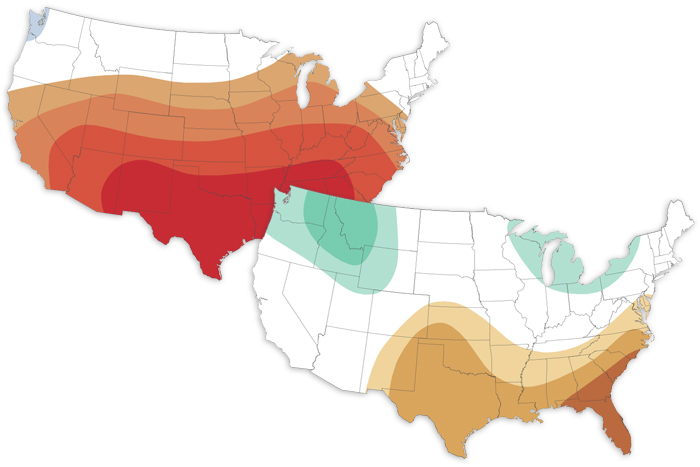
But fires and other disturbances create patches of "browning" in satellites' view of Arctic vegetation.

Greenland has lost ice mass every year since 1998. Losses in 2021 would have added about 0.2 millimeters to global sea level.
A record-warm autumn boosted Arctic 2020-21 surface temperatures to the rank of seventh-warmest year on record since 1900.
Climate change is transforming the Arctic into a ‘dramatically different state.’ Browse this collection of image highlights from NOAA's 2021 Arctic Report Card.
Dry conditions were unusually widespread, and total drought area increased by more than 5 percent.
As we enter our second La Niña winter in a row, our blogger explains what we know about the chances for a three-peat. (TL;DR: possible, but not statistically likely.)
Recent research suggested the Southern Ocean might absorb less atmospheric carbon dioxide than previously thought. But a new study published this week in the journal Science confirms the role of the Southern Ocean as a significant carbon sink.

The December 2021 climate outlook favors a warmer-than-average end to 2021 for much of the country, with odds tilted towards a drier-than-average December for the Southeast
The Northeast U.S. continental shelf is home to some of the worlds’ most productive and commercially valuable fisheries, but the region is affected by changing climate. A new study may lead to better understanding of the region and its seasonal cycle.

What weather can the U.S. expect in the second winter of a double-dip La Niña? The Climate Prediction Center’s Mike Halpert lays it out in his discussion of the November update to NOAA’s winter outlook.